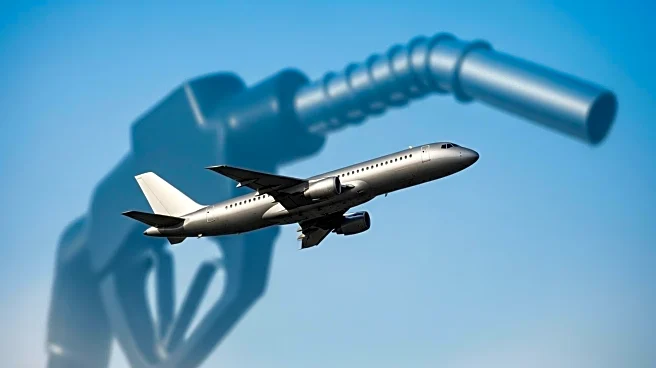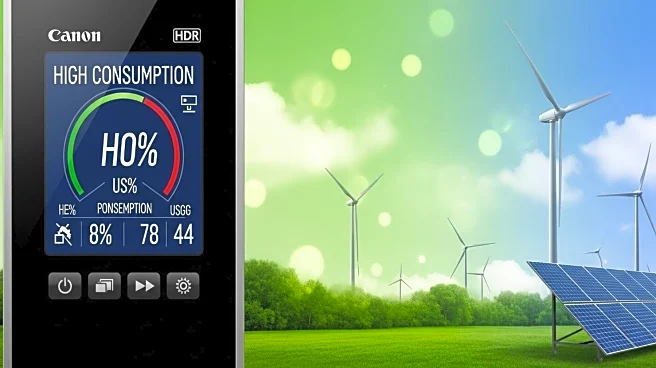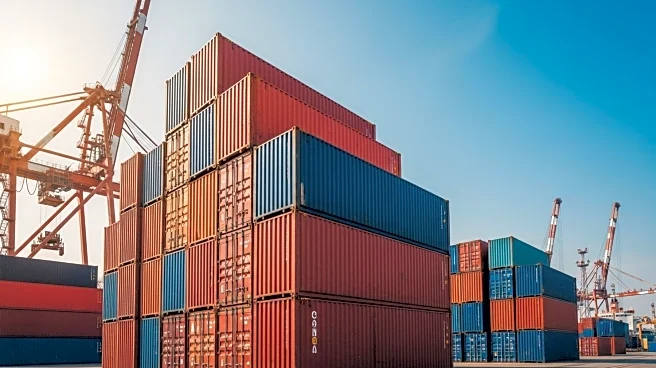What is the story about?
What's Happening?
The national average cost for a gallon of Jet-A fuel has decreased by 8 cents in September 2025 compared to August, and is down 9 cents from September 2024. This information comes from a fuel survey conducted by the Aviation Research Group US, which gathered data from over 200 fixed-base operators (FBOs) across the United States. The survey indicates that all eight FAA regions experienced a price decrease, with the Northwest Mountain and Western Pacific regions seeing the largest drop of 13 cents per gallon. Conversely, the New England region recorded the smallest decrease at 3 cents per gallon. The Western Pacific region remains the most expensive at $7.17 per gallon, while the Central region is the least expensive at $5.85 per gallon.
Why It's Important?
The decline in Jet-A fuel prices is significant for the aviation industry, as fuel costs are a major component of operational expenses for airlines and private aviation companies. Lower fuel prices can lead to reduced costs for airlines, potentially resulting in lower ticket prices for consumers and increased profitability for carriers. This price reduction may also encourage more frequent flights and increased air travel, benefiting the broader economy through enhanced connectivity and tourism. However, regional price disparities could affect competitiveness among airports and airlines operating in different parts of the country.
What's Next?
As fuel prices continue to fluctuate, aviation stakeholders will likely monitor these changes closely to adjust their operational strategies. Airlines may consider revising their pricing models or expanding routes to capitalize on lower fuel costs. Additionally, airports in regions with higher fuel prices might explore measures to attract more business, such as offering incentives or improving infrastructure. The ongoing analysis of fuel price trends will be crucial for strategic planning within the aviation sector.
Beyond the Headlines
The decrease in Jet-A fuel prices may also have environmental implications. Lower fuel costs could lead to increased air traffic, potentially raising concerns about carbon emissions and environmental impact. This situation might prompt discussions on sustainable aviation practices and the adoption of greener technologies to balance economic benefits with environmental responsibilities.
AI Generated Content
Do you find this article useful?
















